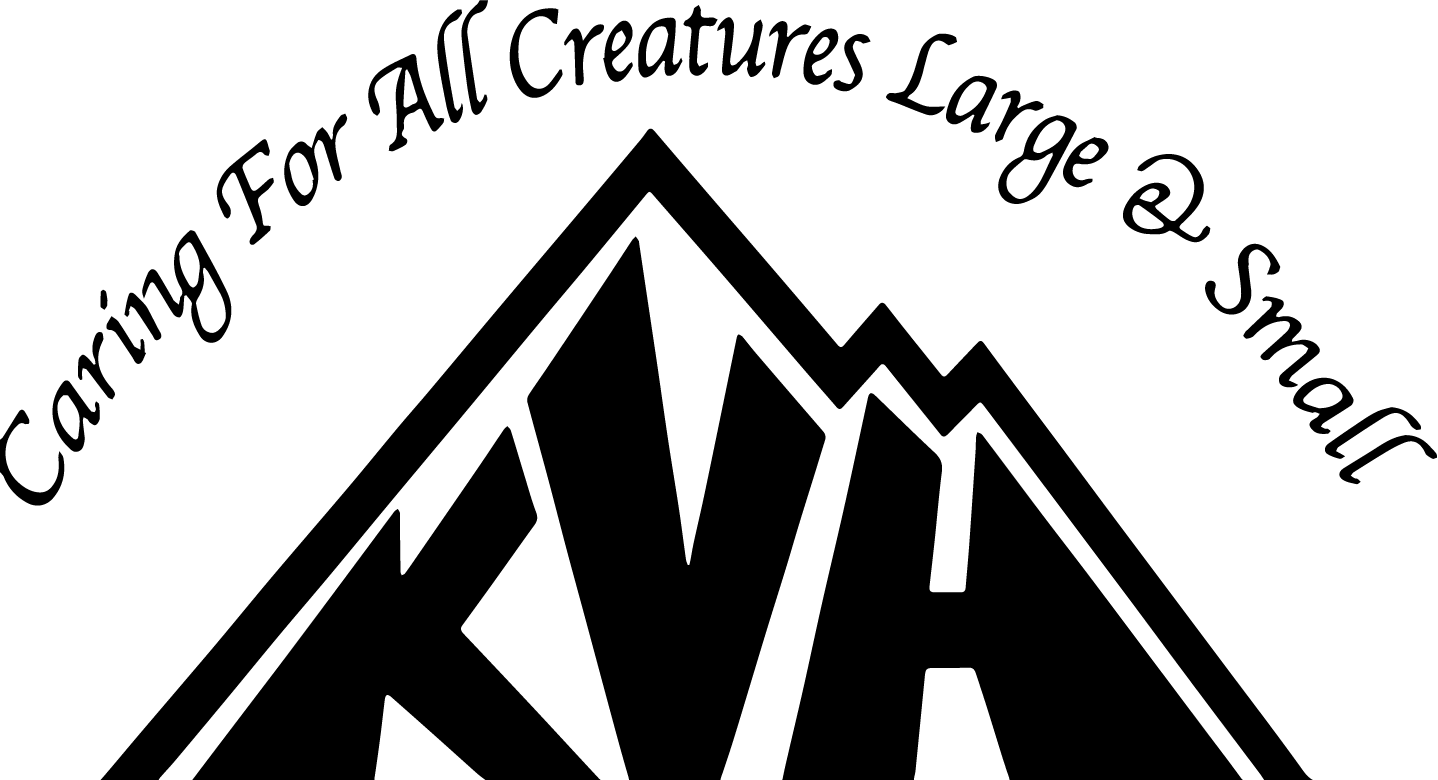by Gale Dejong, DVM
What horse may qualify as a Carbohydrate sensitive horse?
Any horse that is overweight, has low activity, is growing too rapidly, has metabolic syndrome, has insulin dysregulation or insulin insensitivity, has had laminitis episodes, has a muscle myopathy disorder or has repeatedly tied up, has PPID commonly referred to as Equine Cushings disorder, and likely others. Thus, there is a large population of horses needing a diet low in carbohydrates and sugar.
What is a diet low in carbohydrates and sugar?
First, we need to look at the terminology describing carbohydrate levels in feeds. Forages are the most complex in carbohydrate categories, yet remember many feeds manufactured for horses are combinations of both forage and grain ingredients. Here are the primary terms used to describe carbohydrates in feeds:
– Ethanol Soluble Carbohydrate (ESC): This is the sugar (simple and some complex) content of the feed.
– Water Soluble Carbohydrate (WSC): This is the ESC + the fructans in the feed.
– Non-Structural Carbohydrate (NSC): This is the WSC + the starch in the feed
– Non-Fiber Carbohydrate (NFC): This is a calculated value of limited benefit
– Starch: This is only the starch present in the feed and it will be high for cereal grains
Unfortunately there is not a uniform reporting method used in the feed industry and companies use various data to report values for their products. This can make comparison difficult.
The low carbohydrate diet is not a fixed number. It is dependent upon the issue or issues affecting the particular horse, his level of activity, and the severity of the issues the horse is combating. As an example is an insulin dysregulation horse with laminitis who is very resistant to move. This horse requires a greater carbohydrate restriction than the over- weight horse who is able to exercise.
As a general rule low carbohydrate begins with the NSC < 15. Yet there are horses who need the NSC < 10. Remember this equals the WSC + starch. If only sugars are listed that is referring to the ESC and not the WSC. If having multiple values on any feed the low carbohydrate goals may be: NSC < 12; WSC < 10; ESC (sugar) < 7. There are some horses needing more carbohydrate restrictions, but this should cover 80% of the animals needing reduced sugar and carbohydrate diets.
Soaking hays can reduce the carbohydrates in the hay as long as the water used to soak the hay is discarded and the hay is hung up to drain before feeding. Soaking the hay will primarily reduce the WSC load of the hay. Remember that all water- soluble ingredients of the hay will be reduced including protein, minerals, and vitamins.
Grass hays can be a good source of low carbohydrate forage for your horse. However grass hay can be widely variable and it requires testing to know the values. Also note that many grass hays which are low in carbohydrates are also low in protein. Adult horses need to average about 10% crude protein in their diets. Please test grass hay before assuming it is low in carbohydrate and monitor the crude protein values as well.
Alfalfa hay can be used as part of the ration for a low carbohydrate diet. Generally alfalfa hays are lower in carbohydrate and higher in protein than grass hays. Thus they can be used to help balance the diet when the grass hay is also low in protein. Alfalfa pellets can also be used in the diet and they usually have a guaranteed analysis to help calculate the carbohydrate and protein balance for the particular horse.
Besides diet, consistent exercise is highly beneficial for the carbohydrate sensitive horse. Planning a daily exercise program and routinely monitoring body weight are the keys to weight reduction. Do not be discouraged as noticeable weight loss can take weeks to achieve. Most horses will lose intra-abdominal fat first which is hard to measure with a weight tape. If you have a scale available measuring body weight can be very helpful and also encourage the progress you are making.
Addressing the Carbohydrate / Sugar sensitive horse involves: 1) What condition(s) are we addressing with the horse? 2) What is the safe level of activity the horse can tolerate? 3) What are the feeds available or what other feeds can be added to the diet? Using this information your veterinarian can help direct how to proceed. This may involve doing analysis on the hay being fed as the primary forage. Please note that green grass generally needs to be eliminated or greatly reduced in the diet of the carbohydrate sensitive horse. Additional to lowering the carbohydrates and sugar, the diet must provide enough protein, minerals and vitamins to meet the needs of the individual horse.

